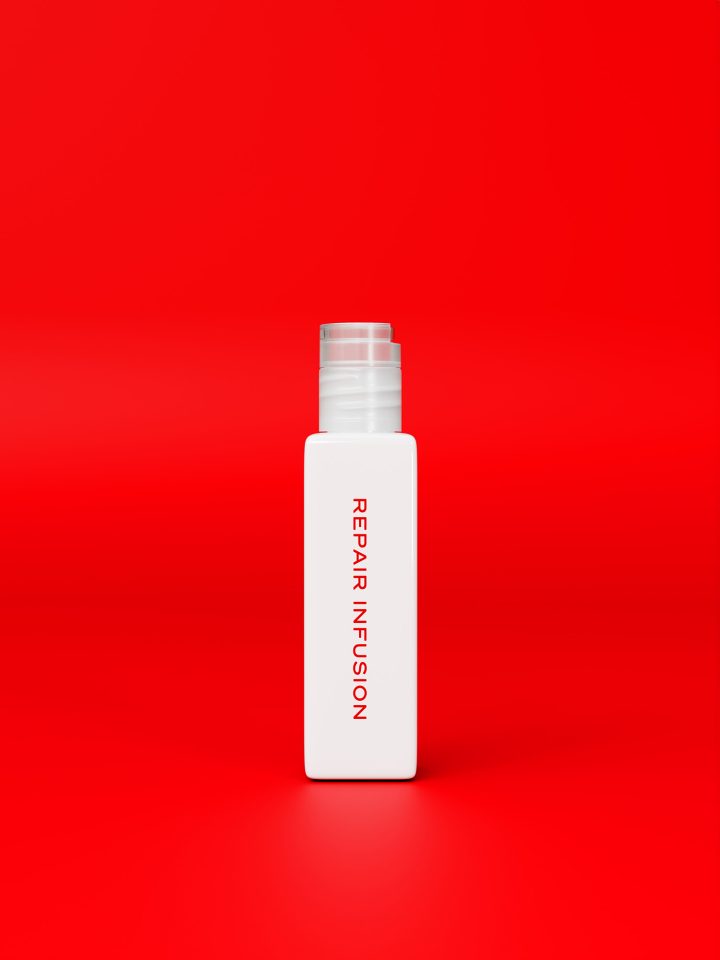1. What is shea butter for hair?
2. What are the benefits of using shea butter in your hair?
3. How do you apply shea butter to your hair?
4. Can shea butter help moisturize dry hair?
5. Can shea butter be used to treat split ends?
6. What nutrients does shea butter contain that are good for hair?
7. Can shea butter be used as a conditioner for hair?
8. Is shea butter suitable for all hair types?
9. How often should you use shea butter on your hair?
12. What is the best way to store shea butter for use in hair?
13. Can you use shea butter as a hair mask?
14. What other natural ingredients can be combined with shea butter to improve hair health?
15. What is shea butter good for in hair?
16. What type of shea butter is best for hair?
17. Can shea butter be used as a leave-in conditioner for hair?
18. Can shea butter help treat dandruff in hair?
19. How can you use shea butter on your scalp?
20. Can shea butter be used to treat damaged hair?
21. What are the benefits of using shea butter on naturally curly hair?
22. Can shea butter be used as a natural sunscreen for hair?
If you're looking for a natural and healthy hair care solution, shea butter is a fantastic choice. With its high nutritional content and moisturizing properties, shea butter is perfect for nourishing, strengthening and improving the health of your hair.
But how do you best use shea butter? What are the benefits of shea butter compared to other hair care products? What are the most common questions about shea butter and hair? In this article, we answer 23 of the most frequently asked questions about shea butter and hair, and give you all the information you need to achieve a healthy and shiny hairstyle.
What is shea butter for hair?
Shea butter is a natural and gentle ingredient rich in nutrients that are good for hair. It is an oily and creamy substance that comes from the nuts of the shea tree, found mainly in West Africa. Shea butter has been found to be particularly effective in moisturizing and strengthening dry and damaged hair, relieving itchy scalp, preventing split ends and stimulating hair growth. It is rich in fatty acids and vitamins A and E, which can help moisturize, strengthen and protect hair. As shea butter is a natural ingredient that is mild and gentle on the scalp, it is a popular choice among people with sensitive scalps.
What are the benefits of using shea butter in your hair?
Shea butter is an excellent ingredient for nourishing and strengthening hair. Its nutrients can help moisturize dry and damaged hair, relieve itchy scalp, prevent split ends and strengthen hair follicles. Shea butter is also a natural ingredient that is mild and gentle on the scalp, making it suitable for people with sensitive scalps. Besides having many benefits for the hair, shea butter is also a vegan, sustainable and organic choice for your beauty routine.
How do you apply shea butter to your hair?
There are several ways to apply shea butter to your hair. One way is to use it as a conditioner after washing and let it sit for a while before rinsing it out. Alternatively, you can use it as a leave-in product by applying a small amount to towel-dried hair. You can also use shea butter as an ingredient in a hair mask by combining it with other natural ingredients, such as honey or aloe vera, and applying to the hair. It is important to apply shea butter evenly over the hair, especially on dry areas and at the ends, for best results.
- Start with clean, damp hair. Shampoo and condition your hair as usual and towel-dry it.
- Take a small amount of shea butter, about the size of a pea, and rub it between your palms to soften it.
- Apply the shea butter to your hair, starting from the ends and working your way up to the roots. Use your fingers to distribute the shea butter evenly through the hair.
- Use a wide-toothed comb to comb through the hair, making sure the shea butter is evenly distributed.
- If you have a lot of hair, you may need to use more shea butter. Use as much as you need to make sure your hair is covered with shea butter.
- Style your hair as usual. You can blow dry your hair or let it air dry.
- Repeat this process once or twice a week for best results. Overuse of shea butter can make hair greasy or heavy, so it is important to use it in moderation.
Can shea butter help moisturize dry hair?
Absolutely! Shea butter is rich in fatty acids and vitamins that can help moisturize dry and brittle hair. It acts as a natural conditioner and protects hair from external stresses such as sun, wind and cold. Shea butter is also a mild and gentle ingredient that is suitable for people with sensitive scalps. To moisturize dry hair with shea butter, you can apply it as a conditioner after washing and let it sit for a while before rinsing it out. Alternatively, you can use it as a leave-in product by applying a small amount to towel-dried hair to retain moisture. Shea butter is a natural and effective ingredient that can help hair regain its shine and vitality.
Can shea butter be used to treat split ends?
Yes, shea butter can be used to treat split ends by moisturizing and strengthening the hair. Its high nutritional content can help repair and rebuild damaged hair. To treat split ends with shea butter, you can apply a small amount to the ends of your hair and work it into your hair with your fingers. This will help moisturize and strengthen the hair ends, reducing the risk of further damage.
What nutrients does shea butter contain that are good for hair?
Shea butter is rich in fatty acids, antioxidants and vitamins that can help strengthen and nourish hair. Its fatty acids, which include linoleic, oleic and stearic acids, can help moisturize and soften hair. The antioxidants in shea butter, such as vitamin E, can protect hair from damaging free radicals. Vitamin A in shea butter can help boost hair growth by stimulating hair follicles. In addition, shea butter contains caritols that have anti-inflammatory properties that can relieve scalp itching.
Can shea butter be used as a conditioner for hair?
Yes, shea butter can be used as a conditioner for the hair. It is rich in fatty acids that can help moisturize and soften hair. To use shea butter as a conditioner, you can apply it to your hair after washing and let it sit for a while before rinsing it out. This will help to moisturize and strengthen the hair, leading to softer and shinier hair.
Is shea butter suitable for all hair types?
Yes, shea butter is suitable for all hair types. It is a natural and gentle ingredient that works well for people with sensitive scalps and dry, damaged or colored hair. Shea butter can also help moisturize and strengthen curly hair by softening and defining the curls. It is a versatile ingredient that can be used to nourish and strengthen all hair types.
How often should you use shea butter on your hair?
It depends on your hair's needs and health, but generally you can use shea butter once or twice a week for best results. If your hair is dry, damaged or brittle, you can use shea butter more regularly to moisturize and strengthen it. If you have normal or oily hair, you can use shea butter less often to avoid overloading your hair with too much grease. Be sure to apply shea butter evenly over the hair and concentrate on treating dry areas and ends.
Can shea butter help stimulate hair growth?
Yes, shea butter can help stimulate hair growth by moisturizing and strengthening hair follicles. Its high content of vitamin A can help boost hair growth by stimulating the production of sebum on the scalp, which keeps hair moisturized and healthy. To use shea butter to stimulate hair growth, you can massage a small amount onto your scalp and work it into your hair with your fingers. This will help to moisturize the hair follicles and stimulate hair growth.
Can shea butter be used to prevent hair loss?
Yes, shea butter can be used to prevent hair loss by moisturizing and strengthening hair follicles. Its high content of fatty acids and vitamins can help repair and rebuild damaged hair. By moisturizing and strengthening the hair follicles, shea butter can help prevent hair loss and promote healthy hair growth.
Shea butter contains a variety of nutrients and fatty acids that can help prevent hair loss and promote hair growth. The main ingredients in shea butter that are good for preventing hair loss include vitamins A, E and F, as well as essential fatty acids such as linoleic and oleic acid.
Vitamin A helps strengthen the hair and hair follicles, reducing the risk of hair loss. Vitamin E acts as an antioxidant, protecting hair from free radical damage. Vitamin F is a combination of essential fatty acids that help moisturize and strengthen hair.
Shea butter is also rich in essential fatty acids such as linoleic and oleic acid, both of which help to moisturize and nourish the hair, which is crucial for preventing hair loss. These fatty acids also help improve blood circulation to the scalp, promoting the growth of strong and healthy hair.
Here are some ways you can use shea butter to strengthen your hair and prevent hair loss:
- Massage shea butter into your scalp - Gently massage a small amount of shea butter into your scalp with your fingertips. Shea butter helps increase blood circulation to the scalp and promotes the growth of strong, healthy hair.
- Use shea butter as a conditioner - Apply shea butter to the lengths and ends of your hair as a conditioner after shampooing. The shea butter will help moisturize your hair and prevent it from becoming dry and brittle, which can lead to hair loss.
- Use shea butter as a hair treatment - Apply a generous amount of shea butter to your hair and leave it on for at least 30 minutes or overnight. Shea butter helps moisturize and repair damaged hair and can prevent hair loss.
- Combine shea butter with other natural ingredients - You can also mix shea butter with other natural ingredients such as aloe vera, argan oil and jojoba oil to maximize its benefits in preventing hair loss.
What is the best way to store shea butter for use in hair?
Shea butter should be stored in a cool, dry place to prevent it from melting or becoming unstable. Keep it in a sealed jar or package and avoid direct sunlight or high temperatures. If shea butter becomes too soft or melts, you can put it in the fridge for a while to allow it to solidify again.
Can you use shea butter as a hair mask?
Yes, shea butter can be used as an effective and natural hair mask. To make a hair mask with shea butter, you can combine it with other natural ingredients such as aloe vera or argan oil, and apply to your hair. Leave the mask on for a while before rinsing it out for best results.
Follow these steps to make your own shea butter hair mask:
- Wash your hair - Before applying your shea butter hair mask, wash your hair thoroughly with a mild sulfate-free shampoo to remove dirt and product residue. Rinse your hair well and gently pat dry with a towel.
- Warm up the shea butter - Take a small amount of shea butter and place it in a bowl or in the palm of your hand. Massage the shea butter between your hands until it becomes soft and melted.
- Apply the shea butter to your hair - Spread the shea butter evenly over your hair, from the roots to the ends. Make sure that all parts of the hair are covered by the shea butter, and feel free to use a wide comb or brush to distribute it evenly.
- leave in - Leave the shea butter on your hair for about 30 minutes or even overnight. You can cover your hair with a shower cap or towel to keep it warm and facilitate absorption.
- Wash out - After letting the shea butter sit in your hair, wash it out with warm water and shampoo. Rinse your hair thoroughly and finish with a cold rinse to close the hair follicles and give your hair extra shine.
By using a shea butter hair mask regularly, you can give your hair extra moisture and nourishment, and help strengthen and improve hair health and shine.
What other natural ingredients can be combined with shea butter to improve hair health?
Shea butter can be combined with other natural ingredients to improve hair health. Aloe vera is also an effective ingredient that can help moisturize and relieve itchy scalp. Oils such as coconut oil, argan oil and jojoba oil can also be combined with shea butter to provide extra hydration and nourishment to the hair.
- Coconut oil - Coconut oil is rich in fatty acids and vitamin E, which helps to strengthen and moisturize hair. When combined with shea butter, it can help soften and moisturize dry hair.
- Aloe vera - Aloe vera is known for its moisturizing and soothing properties. By mixing shea butter with aloe vera, you can moisturize and soothe a dry, itchy scalp.
- Argan oil - Argan oil is rich in antioxidants and vitamin E which can help strengthen and moisturize hair. When combined with shea butter, it can help repair and moisturize damaged hair.
- Jojoba oil - Jojoba oil is rich in vitamin E and other nutrients that can help strengthen and moisturize hair. When combined with shea butter, it can help moisturize and repair damaged hair.
- Tea tree oil - Tea tree oil has antimicrobial and anti-inflammatory properties that can help fight dandruff and other scalp problems. When combined with shea butter, it can help relieve itching and irritation on the scalp while moisturizing the hair.
- Lavender oil - Lavender oil has a calming and relaxing effect and can help promote hair growth. When combined with shea butter and argan oil, it can help strengthen hair and give it a healthy shine.
What is shea butter good for in hair?
Shea butter is good for hair in many ways. Its high nutrient content can help moisturize and strengthen hair, reducing the risk of dry and damaged hair. Shea butter can also help improve hair elasticity and softness, which can make it easier to manage and style. Its anti-inflammatory properties can also relieve itching and irritation on the scalp. Shea butter is a natural and gentle ingredient that works well for people with sensitive scalps and dry, damaged or colored hair.
What type of shea butter is best for hair?
Raw shea butter is considered the best type of shea butter for hair. It is an unprocessed and unrefined form of shea butter that contains all its natural nutrients and benefits. Raw shea butter is usually yellower in color and has a stronger scent than refined shea butter. Refined shea butter has undergone a chemical process that removes its natural fragrance and color, which can reduce its nutritional value.
Can shea butter be used as a leave-in conditioner for hair?
Yes, shea butter can be used as a leave-in conditioner for the hair. To use shea butter as a leave-in conditioner, you can apply a small amount to towel-dried hair and work it into the hair with your fingers. This will help to moisturize and soften the hair and prevent it from becoming dry and brittle.
Can shea butter help treat dandruff in hair?
Yes, shea butter can help treat dandruff on the hair by moisturizing and relieving itching on the scalp. Its anti-inflammatory properties can also reduce scalp irritation and inflammation that can lead to dandruff formation. To use shea butter to treat dandruff, you can massage a small amount onto your scalp and work it into your hair with your fingers.
How can you use shea butter on your scalp?
Shea butter can be used on the scalp by massaging it directly onto the scalp. This will help to moisturize and strengthen the hair follicles and relieve itching and irritation on the scalp. You can also use shea butter as part of a hair mask or conditioner and apply to the scalp and hair.
- Start with clean hair. Wash your hair with shampoo and conditioner and dry it lightly with a towel.
- Take a small amount of shea butter and melt it in your hands by rubbing your hands together.
- Divide the hair into sections to expose the scalp.
- Apply the shea butter to the scalp by massaging it in circular motions. Use your fingertips to work the shea butter into your scalp.
- Continue to massage the shea butter into the scalp until the entire scalp is covered.
- Leave the shea butter on the scalp for 15-20 minutes to nourish and moisturize.
- Rinse the shea butter from your scalp with warm water and wash your hair with shampoo and conditioner.
- Repeat this process once a week to maintain a healthy scalp.
Can shea butter be used to treat damaged hair?
Yes, shea butter can be used to treat damaged hair by moisturizing and repairing damage to the hair. Its high content of vitamins, minerals and fatty acids can help rebuild and strengthen damaged hair. By using shea butter regularly, you can help improve the structure and health of your hair.
Shea butter contains vitamins A, E and F, which are important for keeping hair moisturized and soft. Vitamin A helps to produce sebum, which is a natural oil that hair needs to stay moisturized. Vitamin E is an antioxidant that protects hair from damage and strengthens it. Vitamin F, which is made up of essential fatty acids, helps maintain a healthy scalp and prevents dryness.
Shea butter is also rich in minerals such as zinc, calcium and magnesium, which are important for hair health. Zinc is known to promote hair growth and reduce hair loss. Calcium strengthens hair and prevents brittleness. Magnesium helps increase blood circulation in the scalp and promotes healthy hair growth.
The fatty acids in shea butter, including oleic, stearic, linoleic and palmitic acids, provide a moisturizing effect on the hair and help to hydrate and repair damage to the hair. Oleic and stearic acids help to make hair soft and smooth. Linoleic and palmitic acids help to improve hair structure and strength.
Using shea butter regularly in your hair care routine can give your hair a healthy dose of essential nutrients. This can help improve hair structure and health and repair damaged hair.
What are the benefits of using shea butter on naturally curly hair?
Shea butter is a great ingredient for people with naturally curly hair as it can help improve the health and appearance of hair in several ways.
Shea butter is rich in fatty acids and other nutrients that are important for maintaining a healthy scalp and hair. The high content of vitamins A, E and F helps to keep hair soft and moisturized, which is especially important for people with naturally curly hair who often have dry hair and a dry scalp.
Shea butter can also help reduce frizz and give curly hair a softer, more defined look. By applying a small amount of shea butter to your hair, you can give your curls extra moisture and definition, which can make them easier to style and give them a more defined shape.
Shea butter also has a higher melting point than many other oils, which means it acts as a natural barrier that protects hair from external influences and reduces the risk of damage and drying out.
In conclusion, shea butter is an excellent ingredient for people with naturally curly hair as it can help improve the health and appearance of hair in several ways. It helps moisturize dry hair and scalp, reduce frizziness, and give curly hair a softer, more defined look.
Can shea butter be used as a natural sunscreen for hair?
Yes, shea butter can be used as a natural sunscreen for the hair as it contains natural ingredients that protect the hair from harmful UV rays from the sun.
Shea butter is rich in fatty acids, vitamins and antioxidants that help to strengthen and protect hair. The high content of vitamin E and carotenoids in shea butter acts as a natural protection against UV rays, which can protect hair from being damaged by the sun.
Shea butter also has a higher melting point than many other oils, allowing it to act as a natural barrier that protects hair from the sun's UV rays. By applying shea butter to your hair before a day out in the sun, you can give your hair an extra protective boost and avoid it becoming dry, brittle and damaged by the sun.
In conclusion, shea butter can be used as a natural sunscreen for the hair as it contains natural ingredients that protect the hair from harmful UV rays. Its high content of vitamins and antioxidants helps to strengthen and protect hair from the harmful effects of the sun.
Is shea butter better than other oils for hair?
Shea butter is an excellent ingredient for hair care because of its unique properties. Unlike other oils, such as coconut oil or olive oil, shea butter is more easily absorbed by the hair shaft and scalp, making it a more effective moisturizing ingredient.
Shea butter is rich in fatty acids and other nutrients important for hair health, such as vitamins A, E and F, calcium, magnesium and zinc. These nutrients help to moisturize and repair damage to the hair and strengthen the hair structure.
Shea butter has also been shown to have anti-inflammatory properties, which can help reduce scalp irritation and itching. In addition, shea butter has a higher melting point than many other oils, which means it acts as a natural sunscreen for the hair, protecting it from damage from the sun's UV rays.
Shea butter is thus an excellent choice for hair care due to its high nutritional value, easily absorbed properties and anti-inflammatory properties. It can help moisturize and strengthen damaged hair, prevent scalp dryness and itching, protect hair from UV rays and give your hair a healthy shine.
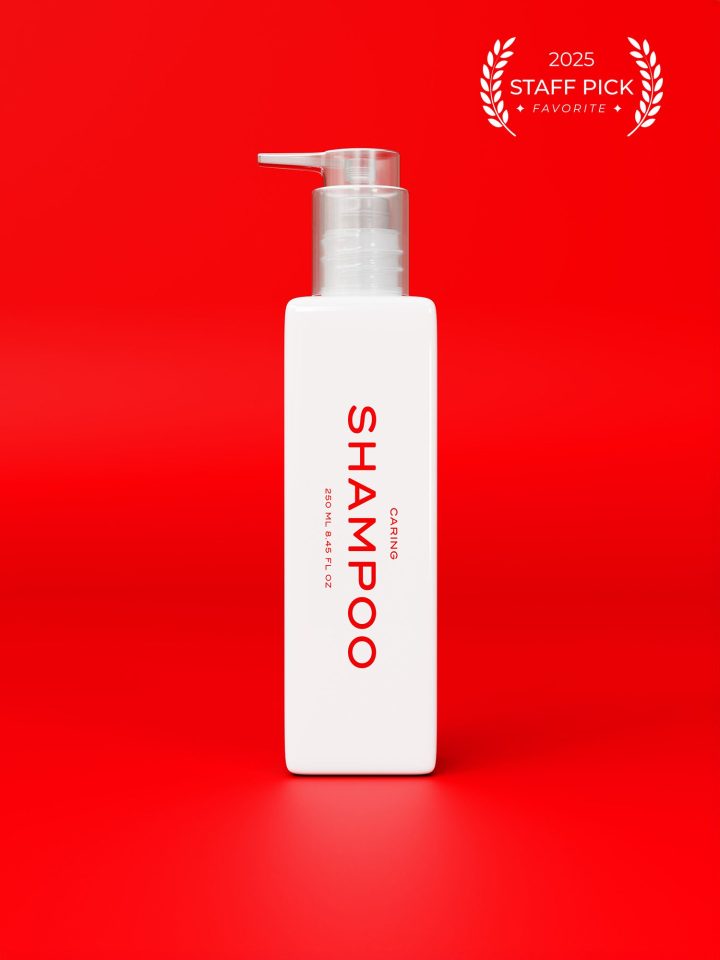
Caring Shampoo Gentle sulfate-free moisturizing shampoo 26,00 € - available on subscription from every 7 weeks
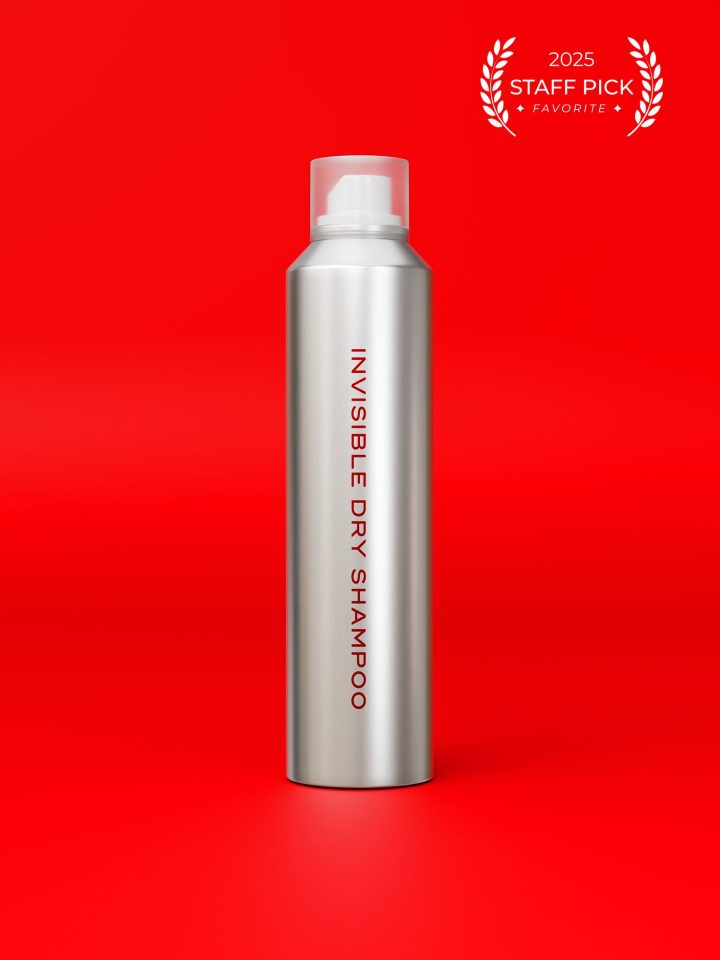
Invisible Dry Shampoo Fresh hair instantly without product residue 27,00 € - available on subscription from every 10 weeks
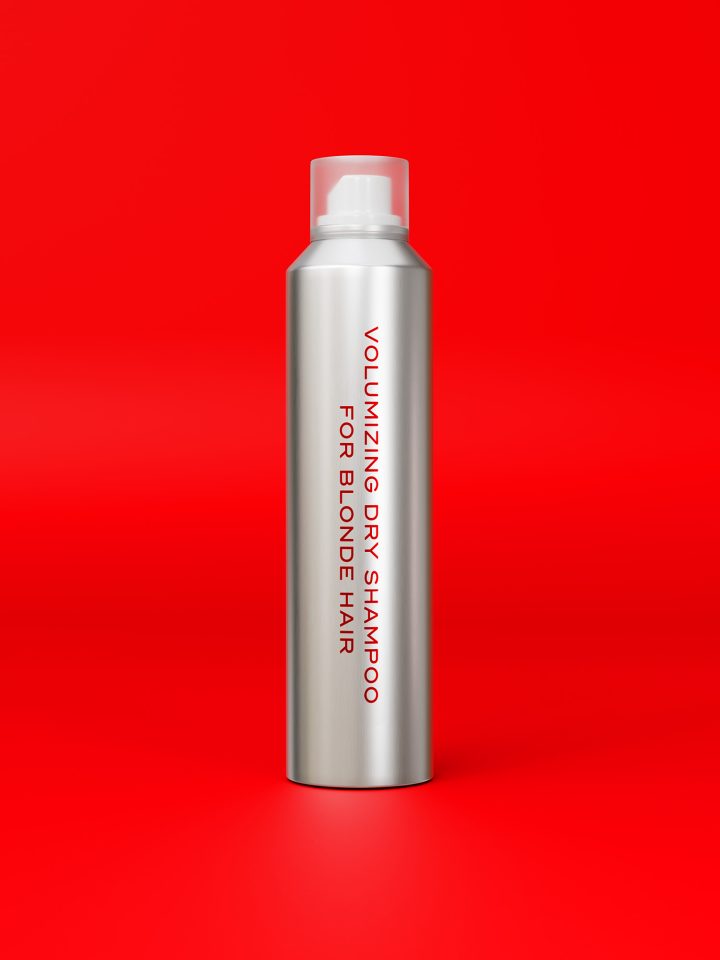
Volumizing Dry Shampoo Blonde Instant volume without irritating the scalp 27,00 € - available on subscription from every 10 weeks
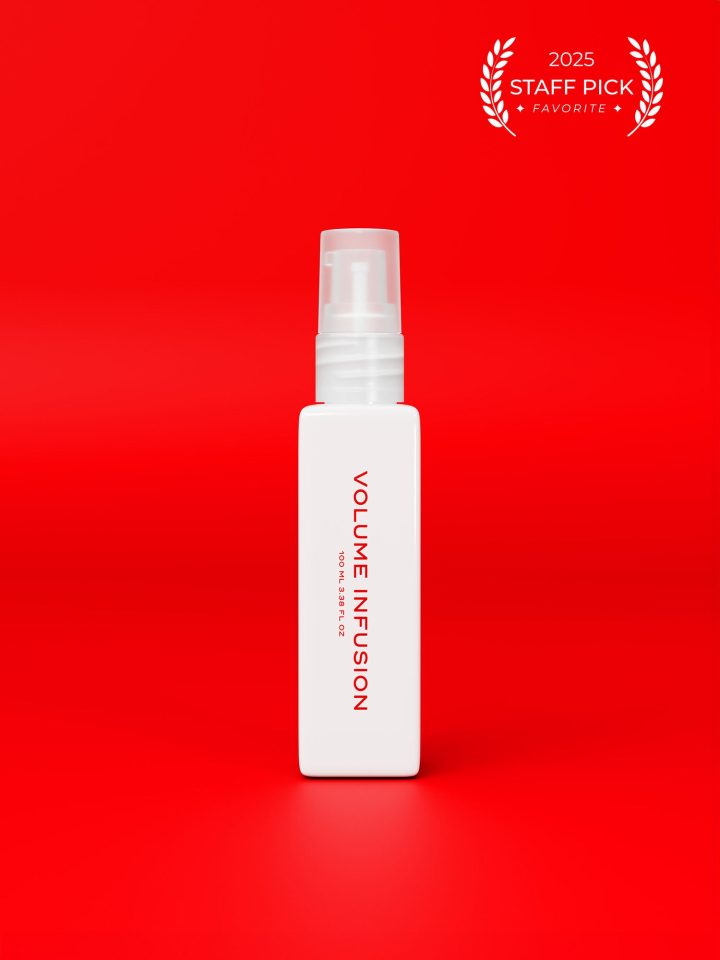
Volume Infusion - Booster Volume straight from the shower without styling 30,00 € - available on subscription from every 7 weeks
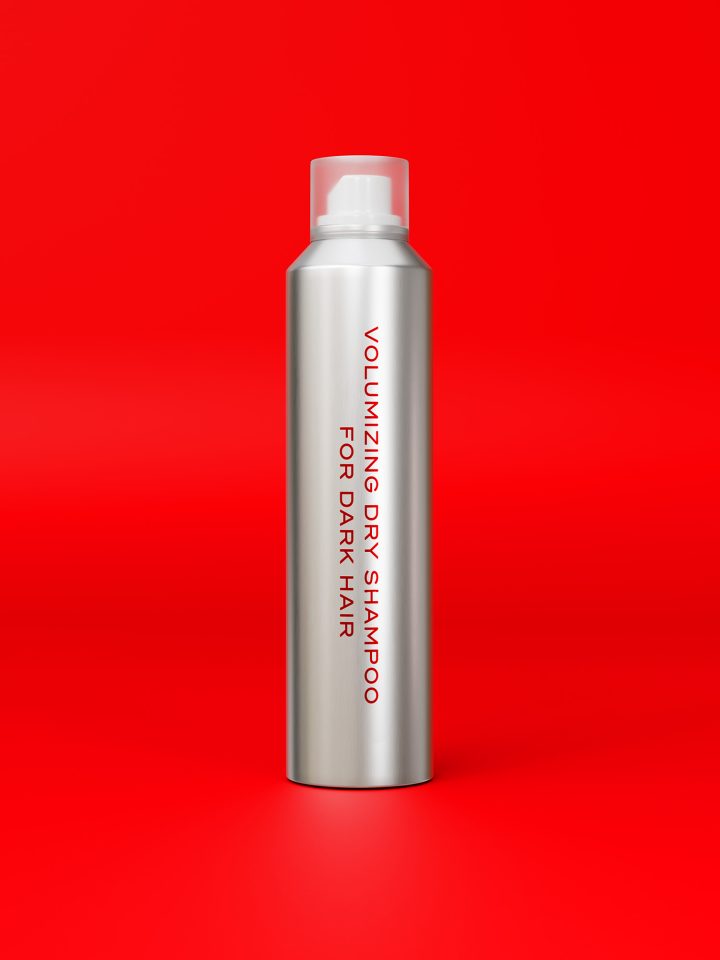
Volumizing Dry Shampoo Dark Instant volume without irritating the scalp 27,00 € - available on subscription from every 10 weeks
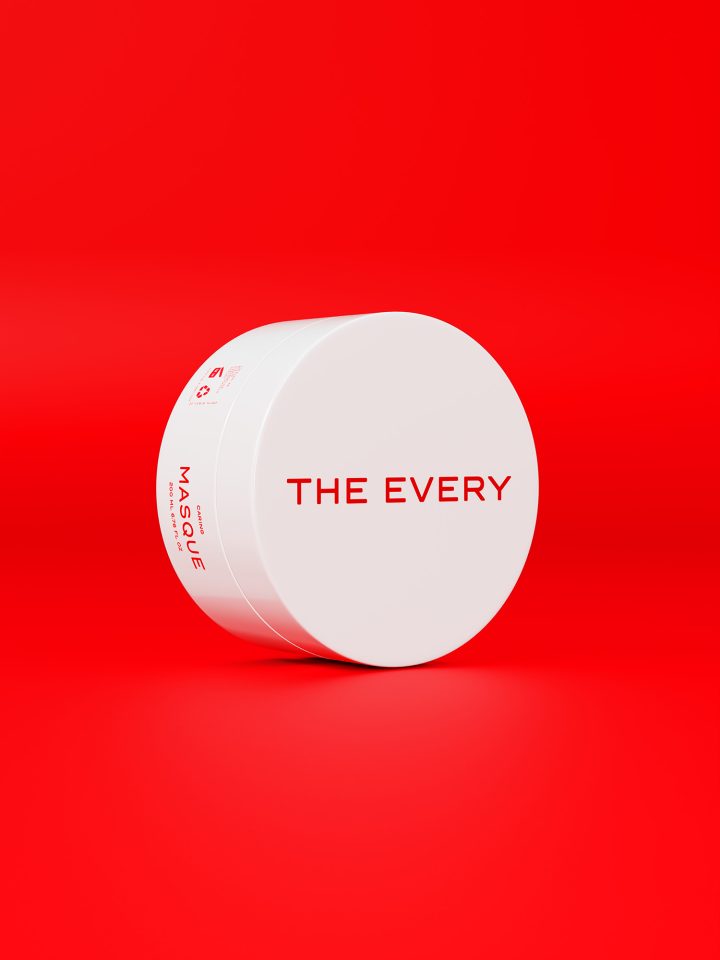
Caring Masque Intensively nourishing hair mask with shea butter 35,00 € - available on subscription from every 10 weeks
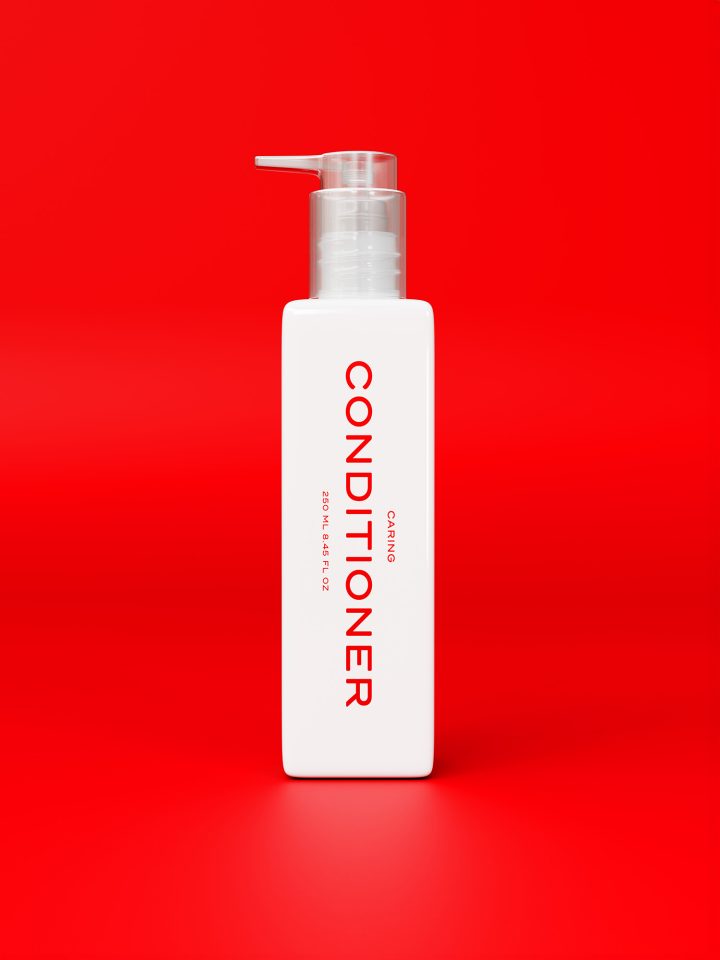
Caring Conditioner Gentle sulfate-free moisturizing conditioner 26,00 € - available on subscription from every 7 weeks
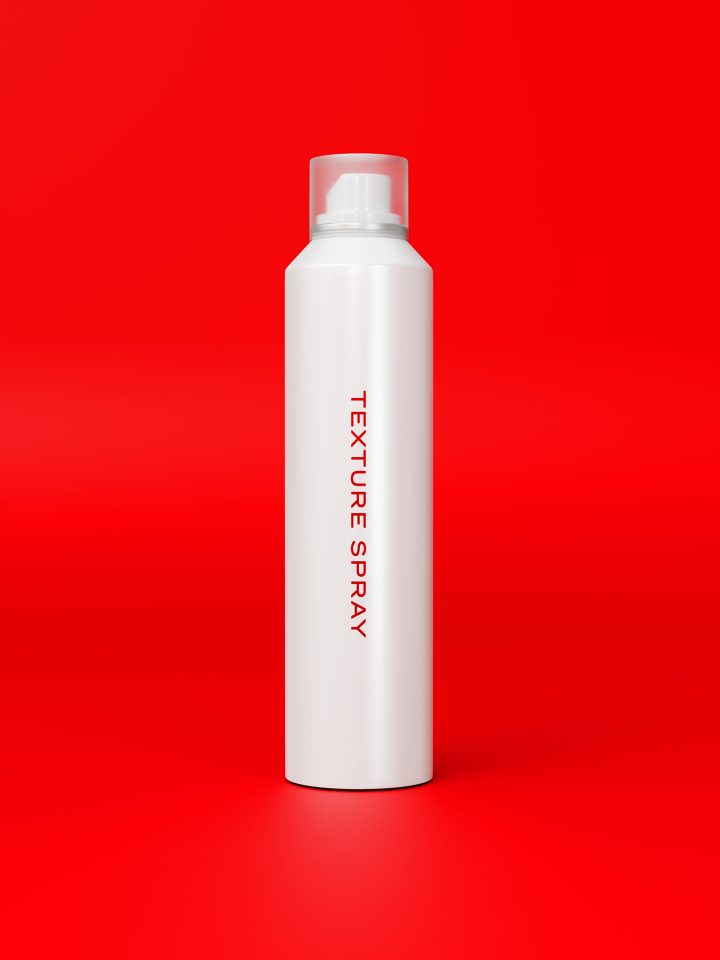
Texture Spray Instant volume without a sticky feeling 27,00 € - available on subscription from every 7 weeks
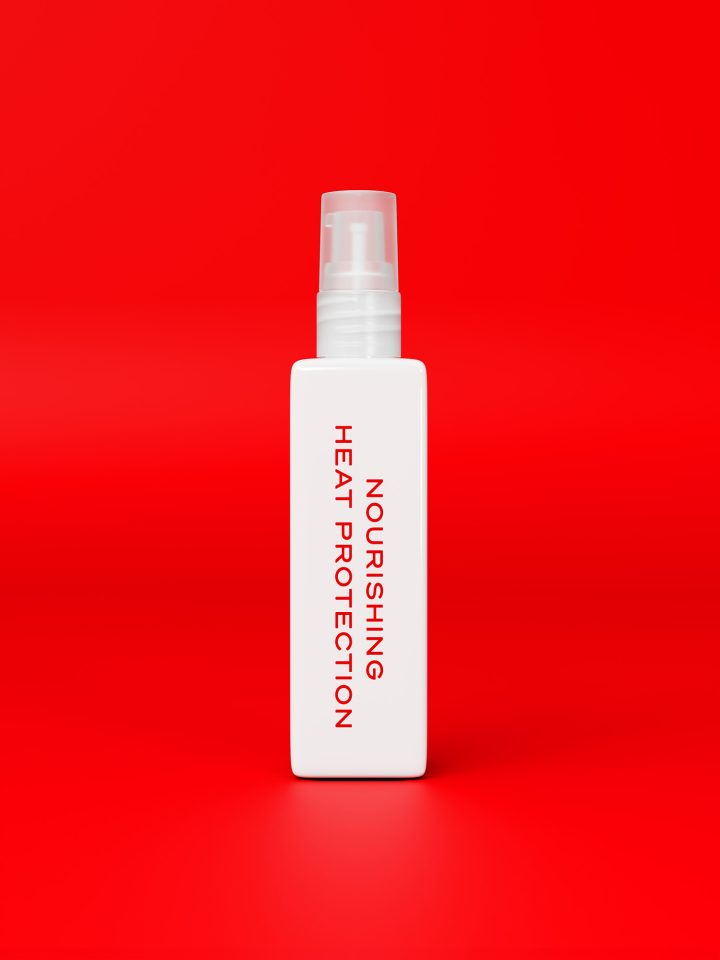
Nourishing Heat Protection Ultra-protective, nourishing leave-in cream 27,00 € - available on subscription from every 7 weeks
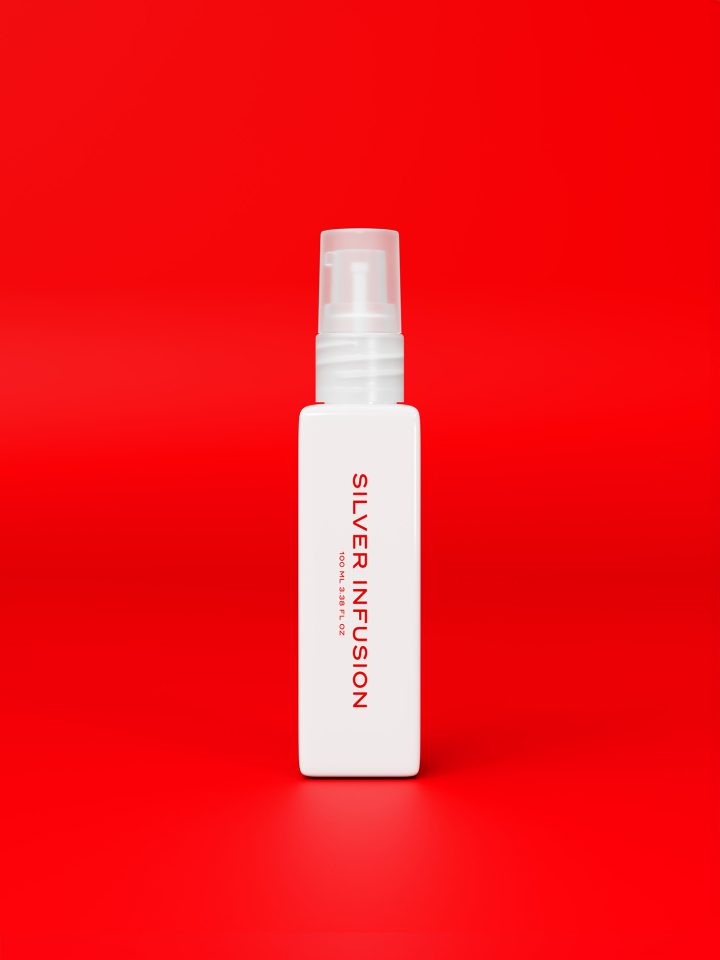
Silver Infusion - Booster Color correcting booster for cool tones 30,00 € - available on subscription from every 7 weeks
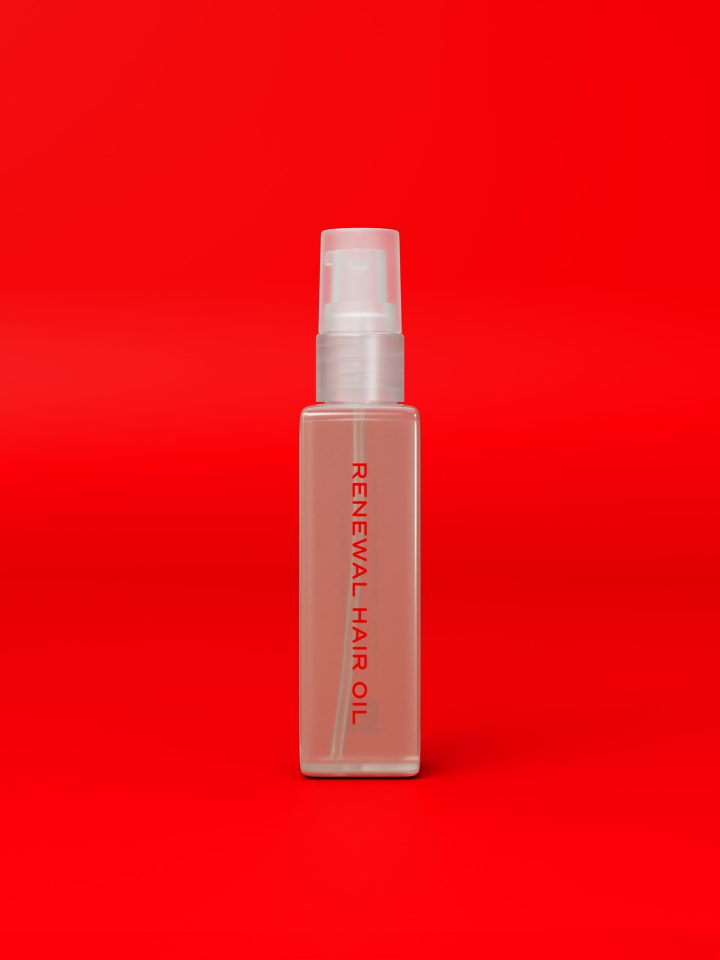
Renewal Hair Oil Nourishing & shine-giving hair oil 45,00 € - available on subscription from every 7 weeks
